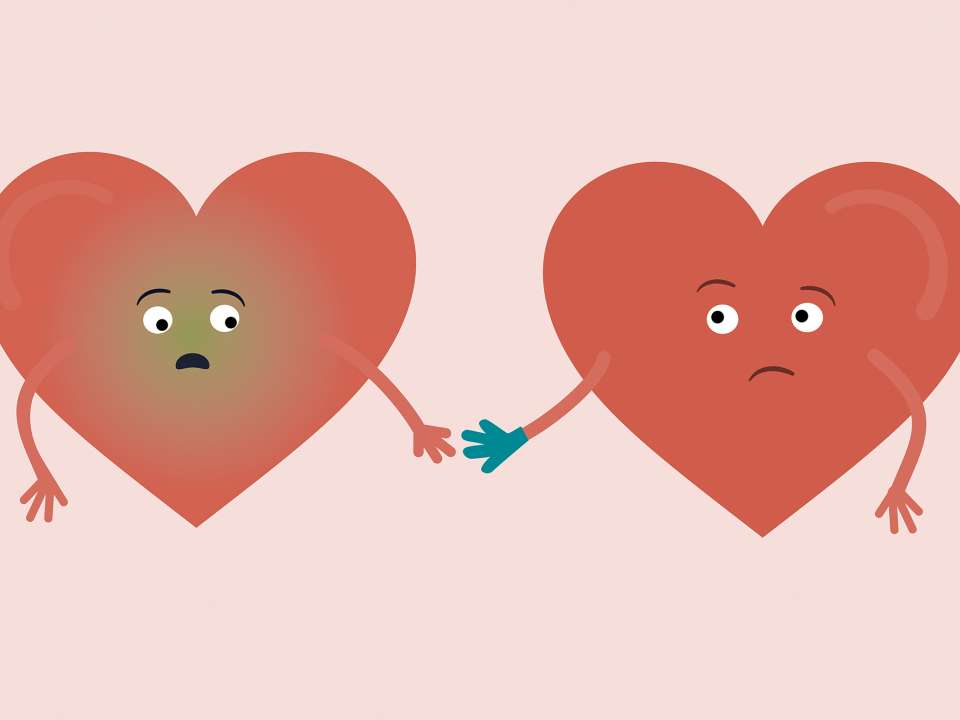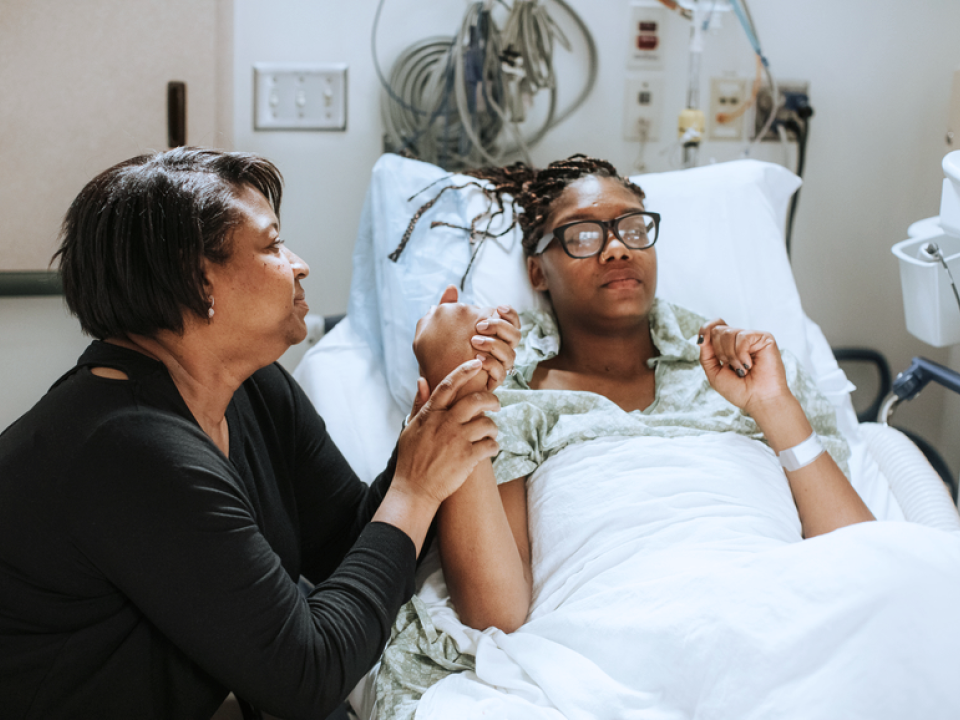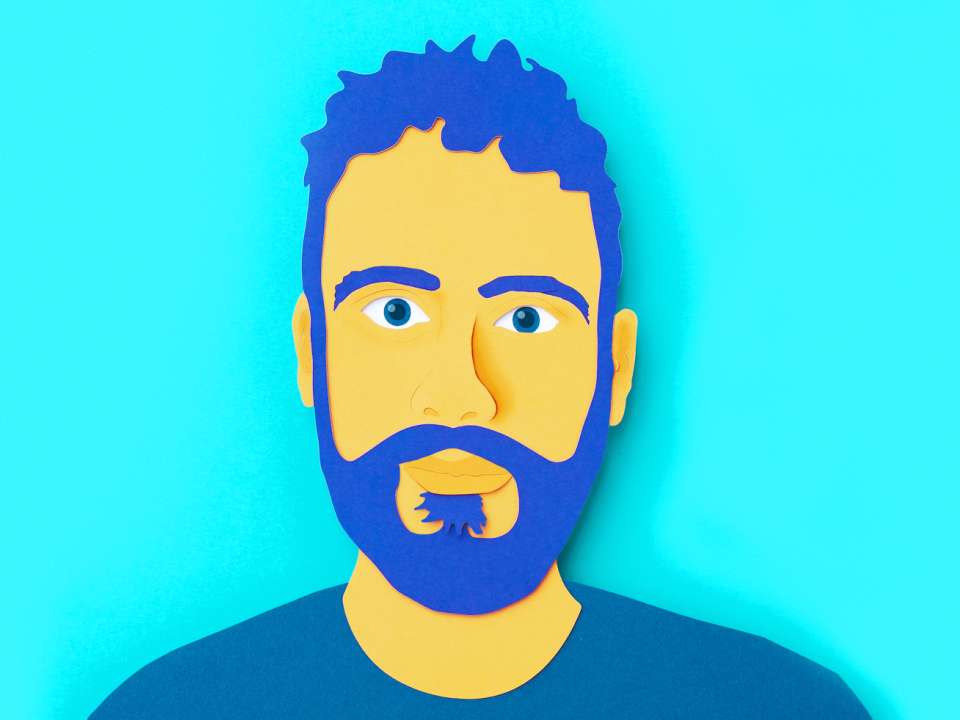
People who have experienced migraines know they’re more than just a headache (and probably get irritated when someone tries to compare a hangover to a migraine’s debilitating pain). But what is a migraine, exactly?
That is something researchers are still trying to determine. Though migraines share a name, their symptoms differ dramatically—which can make them difficult to treat.
“Those of us who treat migraines see common ground among patients, but there’s also huge variability from person to person,” says Jenna Kanter, M.D., a neurologist and headache disorders specialist who practices at the Headache Clinic at University of Washington Medical Center—Roosevelt.
Even more confounding is the fact that migraines are much more common in women, especially young women. This means that, like other medical conditions that affect mostly women, migraines may not get as much attention or research funding, Kanter says.
Migraines aren’t just a bad headache
Though migraines are still somewhat mysterious, one thing is clear: they are not just in someone’s head. A migraine is a full-body problem that can debilitate a person for days.
Migraines are caused by brain hypersensitivity to environmental triggers like bright lights or loud noises. Once a migraine is triggered, the nerves in the brain respond more strongly than normal.
“Normally, pain signals start externally, a signal to the brain that then produces a pain response. In migraines it’s almost the opposite, where pain signals get turned on internally and activates nerves in the head and brain that then create a reinforcing loop,” says Kanter.
This hypersensitivity then leads to an inflammatory response in the tissues of the head and neck. (In contrast, regular headaches are caused by muscle clenching.) Some neurotransmitters, such as serotonin and calcitonin gene-related peptide (CGRP), may also play a role.
Though the pain is intense, sometimes the other symptoms are worse. For example, since there’s a strong connection between the nerves in our brain and the nerves in our gut, migraines are often accompanied by things like nausea and vomiting. Sometimes just being anywhere except a quiet, dark room is unbearable.
Migraines can be preceded by weird visuals, like blind spots or blinding zig-zags, or hearing noises that aren’t there; these are called aura. And after the pain subsides, other symptoms don’t go away immediately. People can feel confused, dizzy and weak for a day or more.
Despite how common migraines are—12 percent of the U.S. population suffers from them—there’s still a general lack of understanding of how bad they can be.
“It’s an invisible disorder. People are perceived as being whiners, that it’s actually not a big deal,” Kanter says. “It’s also underdiagnosed, and there are a large percentage of patients with migraine who never talk to their doctor about it.”
Therapy to treat migraines?
Currently, most treatments for migraines involve treating the symptoms, not the cause. Targeting the root cause is tricky. There is evidence that susceptibility to migraines can be passed down genetically but, even then, there are hundreds or thousands of different genes that can cause that, Kanter says.
Back in May, a new medication called Aimovig was approved by the Food and Drug Administration (FDA). Though promising to many doctors because it aims to prevent migraines, rather than just treat symptoms, it is also expensive (nearly $7,000 a year for one person) and doesn’t get rid of migraines entirely.
There are countless other prescription drugs for migraines with varying rates of effectiveness. Over-the-counter medications aren’t usually that helpful, and someone can even become desensitized to them over time.
Aside from medications, working with a headache specialist to make lifestyle and behavior modifications can be helpful, though many people don’t take this step because they don’t believe it will work, Kanter says.
A specialist can help patients track how often they get migraines, how long they last and what triggers them, looking for patterns that can be used to help predict and prevent episodes. Helping someone work to get more sleep, find ways to destress, eat more nutritiously and drink less alcohol and caffeine can have a big impact. Cognitive behavioral therapy (CBT), which is commonly used to treat anxiety and depression, can also be helpful.
Kanter says she believes a combination of lifestyle changes and medication is often most beneficial, though many patients are loathe to try the former, either because they don’t think it will work or because, understandably, they don’t want people to assume their migraines are just mental health issues.
And while migraines and psychiatric conditions are not the same, they often occur together. People who suffer from migraines are also likely to have panic disorder, depression or even premenstrual dysphoric disorder, a severe, debilitating type of PMS. Ultimately, a better understanding of migraines and ways to treat them can only help.
“Awareness is getting better over time,” she says. “Having effective treatments for a disorder drives more awareness for it and better diagnosis of it.”

 Healthy ideas for your inbox
Healthy ideas for your inbox





